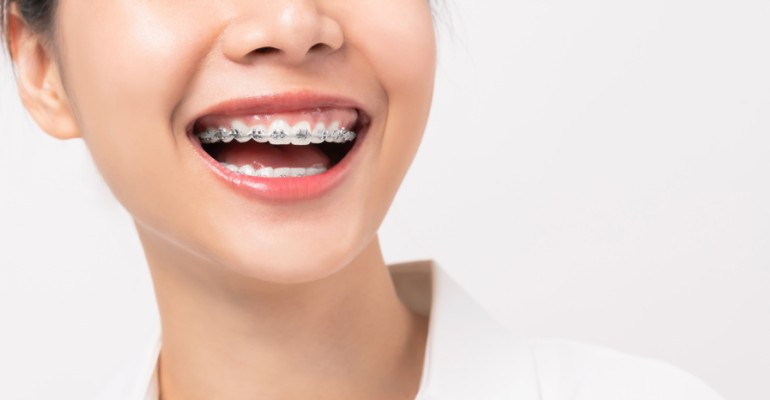
Orthodontics is a specialty of dentistry that treats structural defects in the lower and upper jaws, gaping teeth, oral disorders due to the structure of the teeth and crooked teeth, and applies orthodontic treatment methods.
The name orthodontics is formed by the combination of the words orthos (to straighten) and odont (tooth) in Ancient Greek and means to straighten the teeth. The specialty of orthodontics is to treat the structural position disorders observed in the alignment of the teeth and in addition to this, the possible deformations in the jaw structure.
Orthodontic disorders not only cause an unpleasant appearance, but also cause cavities and gum disease by endangering oral and dental health as they are difficult to clean. We can list the causes of disorders that require orthodontic treatment as follows:
There is no age limit in orthodontic treatment. The age factor can only cause changes in the duration and planning of the treatment.
Orthodontics diagnoses and treats diseases / disorders that develop due to tooth and wrong jaw position. In general, it deals with crooked teeth caused by narrow jaw structure or teeth being larger than the jaw, and sometimes with gaping teeth, which is the opposite of this. Some of the diseases that the orthodontics department deals with are as follows:
It is a condition that develops due to dimensional disproportions between the teeth and jaw. The appropriate treatment is determined according to the severity of this condition and the jaw structure. It is defined as mild between 2 – 4 mm, moderate between 4 – 7 mm, and severe 8 mm and above.
It is mostly seen in the front teeth and is caused by small teeth or thick gingival fibers. In its treatment, lengthening with restoration application or aesthetic filling process is used.
Impacted teeth are teeth that are between bone and soft tissue. Wisdom teeth are the most common impacted tooth problem.
Rotated teeth is a problem that causes distortion due to the fact that the teeth are turned to the right or to the left and occupy more space. Rotated teeth can distort the position of other teeth over time, so they should be treated with orthodontic treatment methods.
There are varieties such as covert bite, crossbite, reverse bite and anterior and posterior open bite. These disorders, which occur for different reasons, are resolved with orthodontic treatment methods.
It is the condition that the lower or upper jaw is narrower than the other and accordingly the posterior teeth cause crossbite.
It is the situation where the lower or upper jaw is more forward than the other. This disorder can cause eating and speech disorders. For this reason, it is necessary to go to an orthodontist.
Some of the treatment methods of the orthodontic department, which uses many methods according to the level and type of discomfort, are as follows:
Free Consultation